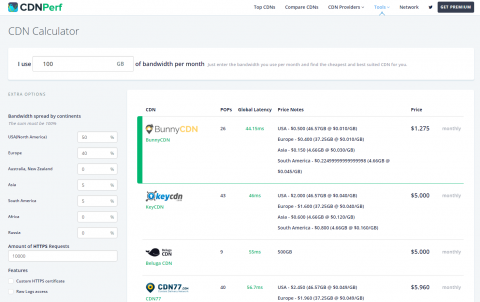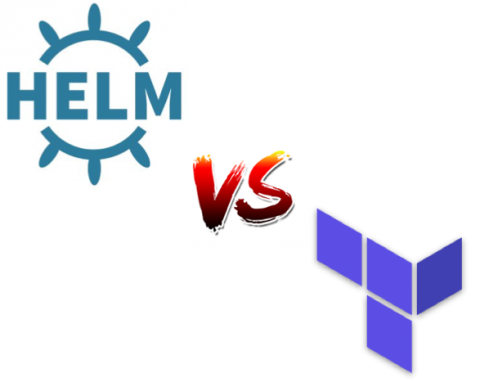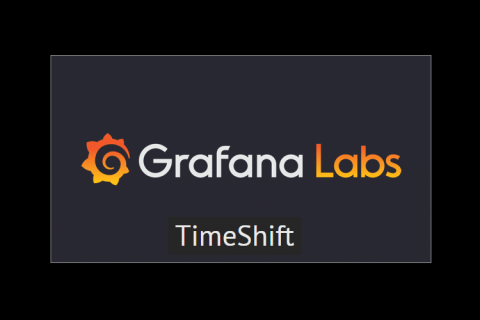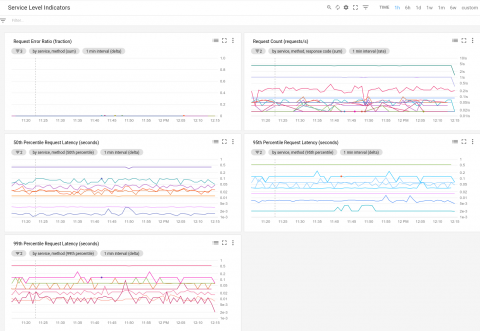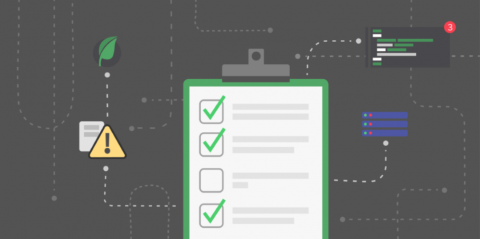CDN Price Calculator by CDNPerf
We are happy to announce the launch of a new tool on CDNPerf.com called CDN Price Calculator. With this new tool you will be able to calculate how much you would spend if you used any of the CDNs out there. The parameters are very flexible and allow you to enter the total bandwidth, the % per region, number of HTTP requests and more.


